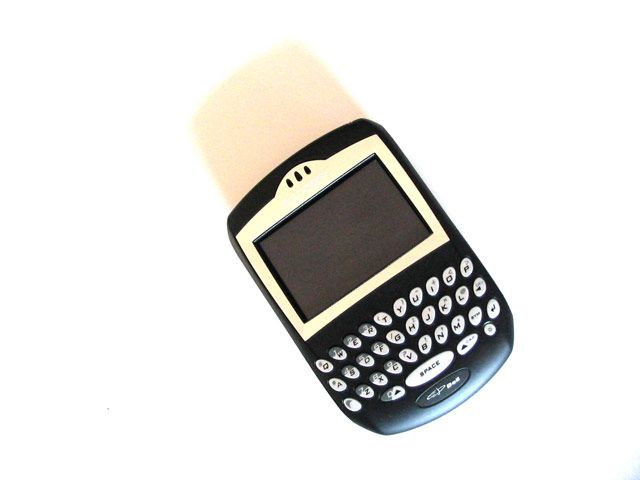
With the official announcement today of Blackberry 6, the next operating system (OS) for BlackBerry smartphones, the inevitable question arises: How does it compare to the iPhone OS 4 Apple recently announced?
Surprisingly well, it turns out.
Setting aside some of the obvious differences – such as differences in navigation and a much smaller app store for BlackBerry phones – improvements to the BlackBerry OS are bringing it more in line with what has long been available in the iPhone OS.
That's a deliberate move on the part of Research In Motion (RIM), maker of BlackBerry phones. BlackBerrys are traditionally aimed at the business sector, but it's apparent that RIM also wants to appeal to average consumers.
The most obvious change to BlackBerry 6 in order to make it more mainstream is the redesigned home screen. Much like iPhone and Google's Android OS, BlackBerry 6 will allow users to switch between screens of icons and rearrange those icons as they wish.
"It's an all-new user experience guided by a few fundamental design principles," RIM CEO Mike Lazaridis said during the company's WES 2010 conference today. "It had to be easy to use, yet incredibly powerful. It had to be fun and approachable. Anyone that looks at it should say 'I want a BlackBerry.'"
The latest browser improvements are also designed to make the BlackBerry phone more of a media device. BlackBerry 6 includes a browser based on the WebKit engine, which makes it more stable and better able to handle Web pages. Apple has been using a form of WebKit in its Safari browser for the iPhone for a while now.
Sign up for the Live Science daily newsletter now
Get the world’s most fascinating discoveries delivered straight to your inbox.
The BlackBerry 6 browser also introduces tabbed browsing, something people are used to using on desktops but has only recently started to creep into mobile browsing. BlackBerry's system for opening and managing browser tabs is quite similar to that of the iPhone as well.
The BlackBerry media player has also received a much-needed overhaul. One of the main draws for consumer smartphones is media playback capabilities. iPhone has had an obvious advantage with iTunes integration, but BlackBerry has lagged behind. The new media player in BlackBerry 6 overcomes some of those problems by improving navigation and allowing users to browse album covers and music information in a way that is very reminiscent of the iPhone.
As more and more smartphone manufacturers embrace touchscreen interfaces, BlackBerry has fallen behind. Improvements to BlackBerry 6 have added multitouch features that will bring BlackBerrys more in line with current interface trends. BlackBerry 6 adds multitouch gestures to Web browsing and menu navigation, a feature that Android and iPhone operating systems have long had.
That doesn't mean RIM will start producing mostly touchscreen devices, though. BlackBerry phones are famous for having QWERTY keyboards and a trackball or trackpad for navigation, and it's unlikely RIM will abandon that layout soon.
But these new improvements to BlackBerry 6 help make the phone a more serious competitor against iPhone OS 4 and other smartphone operating systems.












